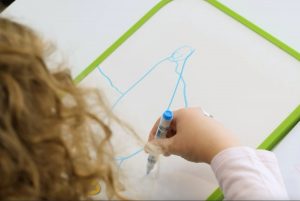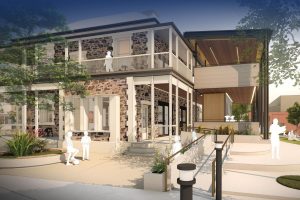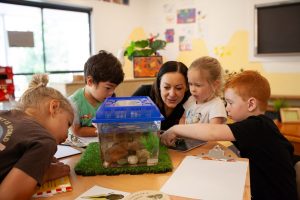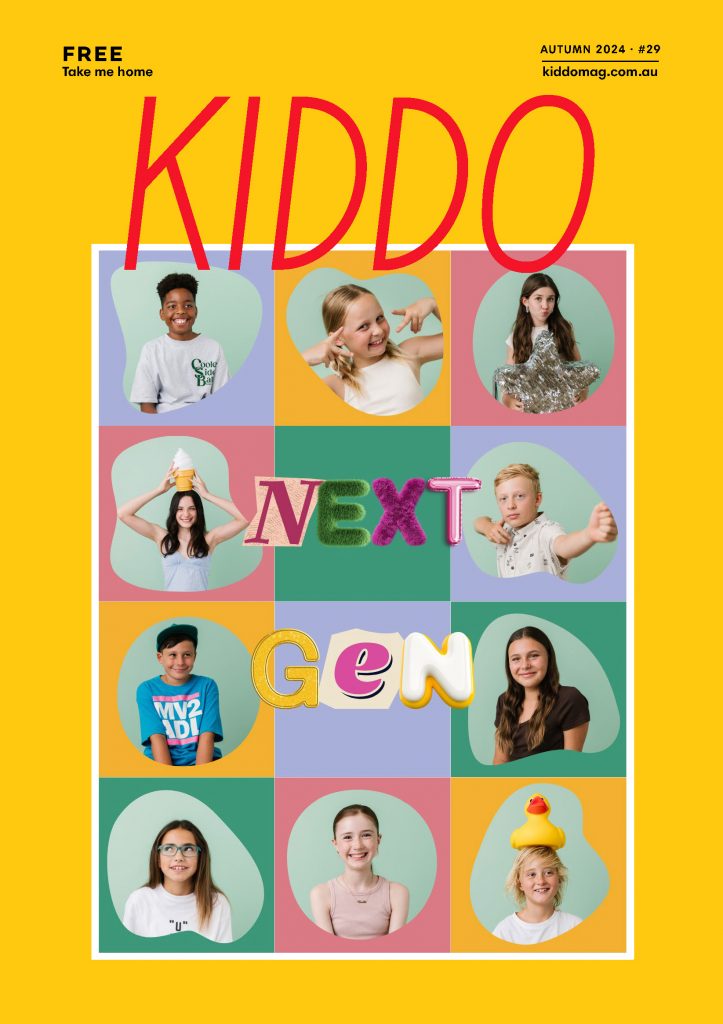Simple Steps to Boost your Pre-School Child’s Reading Readiness
Raising pre-school aged kiddos can be equal parts challenging and rewarding. As parents we’re bombarded with information and expectations of what our children should be doing and how we should be aiding their development. Should we be reading more bedtime stories? Should we minimise the iPad time? What is the magical recipe for success?
Importantly, where are we getting our information? Does that mummy blog really have credibility? There’s good news: the best ways to support your child’s reading readiness are quite simple.

Evidence based research tells us that one of the best things you can do to prepare your child for school is to help develop their phonological awareness. Strong literacy skills will set students on a successful path. Why wouldn’t you want your child to have a head start to making sense of how sounds and letters operate in print?
It can be hard to find the time in our fast paced world to read stories, sing songs and nursery rhymes and engage in the art of conversation. But, these are critical activities that our children need to be exposed to and engaged in.
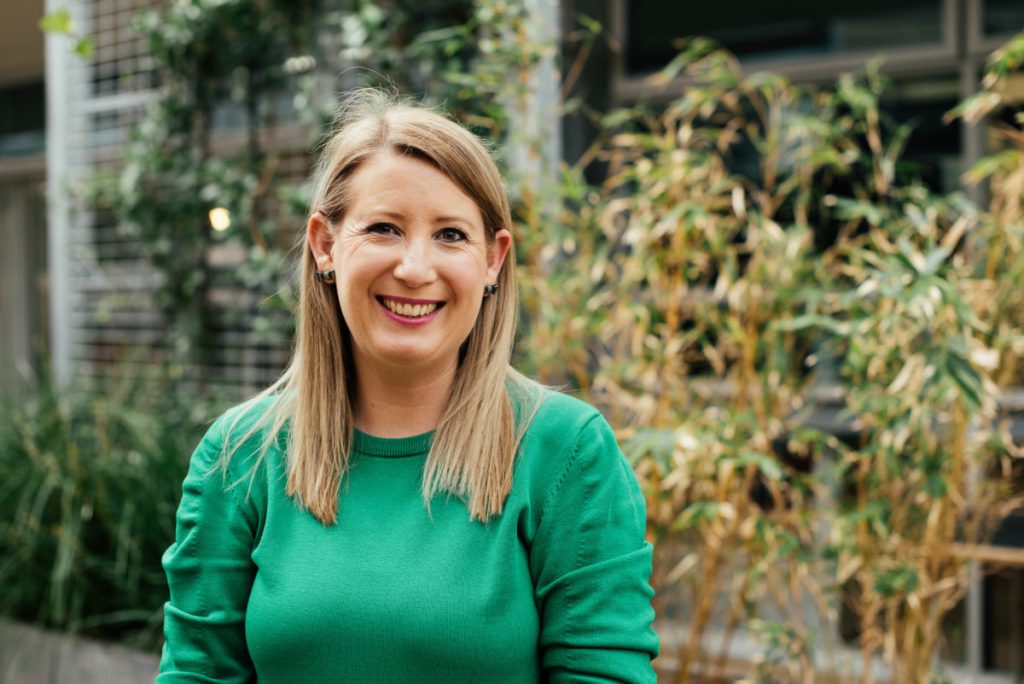
Learning support teacher Jo Hirst from St Peters Woodlands tells us more about Phonological Awareness and supporting children to be ready to read:
What is Phonological awareness and why is it important?
Phonological awareness is the conscious awareness of the sound structure in our language. Children need to become attuned to speech sounds in order to lay the foundations for phonics instruction when they start school.
How do I know if my child has phonological awareness?
The skills involved in phonological awareness include children’s ability to rhyme, segment or break sentences into words, words into syllables, and recognise onset and rimes. Children develop these skills sequentially throughout their pre-school years. Your child may or may not be able to do these things.
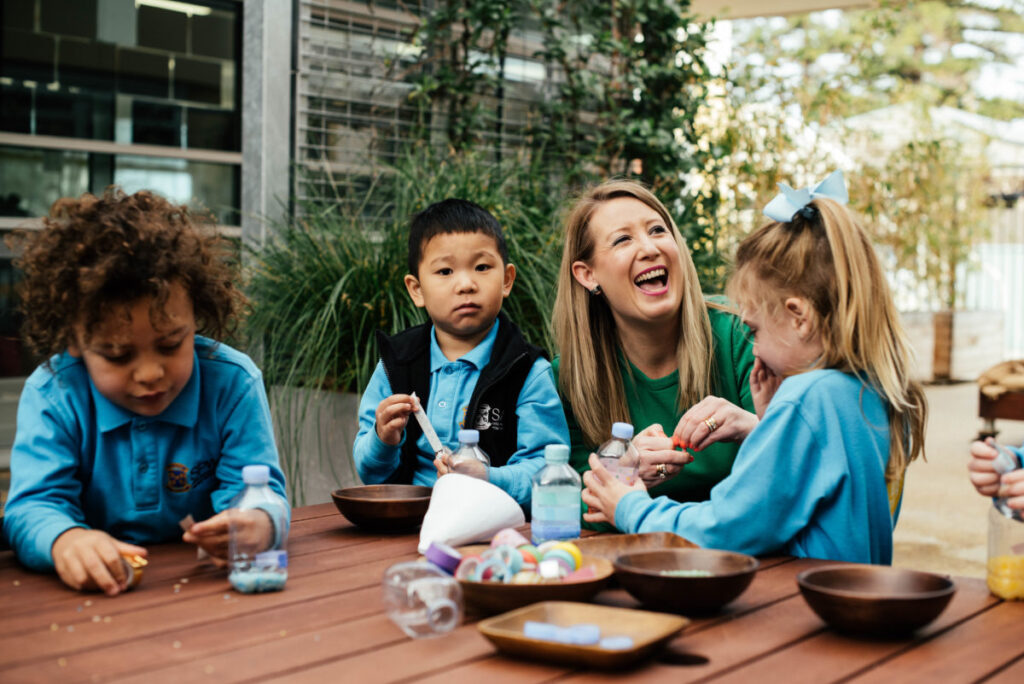
What should I expect when my child is just getting started?
In the early years children will begin with general sound discrimination in the areas of environmental sounds, instrumental sounds and body percussion.
Environmental Awareness
With environmental sounds, children’s awareness of the sounds around them is focused on developing their listening skills. There are simple ways to focus on developing environment sound discrimination like going on a listening walk, drumming on di erent items outside and comparing the sounds, and making shakers.
Instrumental Awareness
Instrumental sounds develop children’s awareness of sounds made by various instruments and noise makers. You could compare and match sound makers, play instruments alongside a story and make loud and quiet sounds.
Body Percussion
Body percussion enables children to develop an awareness of sounds and rhythms. Make time to include singing songs and action rhymes and listen to your favourite music together. These activities develop both skills and opportunities to create precious memories with your child.
Are there other areas we can help to develop?
Rhythm and rhyme in speech are other areas to be explored and developed. Reading rhyming stories, singing nursery rhymes, playing rhyming bingo, clapping out the syllables in words and playing odd one out are great ways to reinforce this awareness.
Reading nursery rhymes seems too easy? Is this really going to help?
There’s strong evidence to support the link between nursery rhyme knowledge in pre- school children and their future success in reading and spelling. It’s nice to know that the simple things are also helpful.
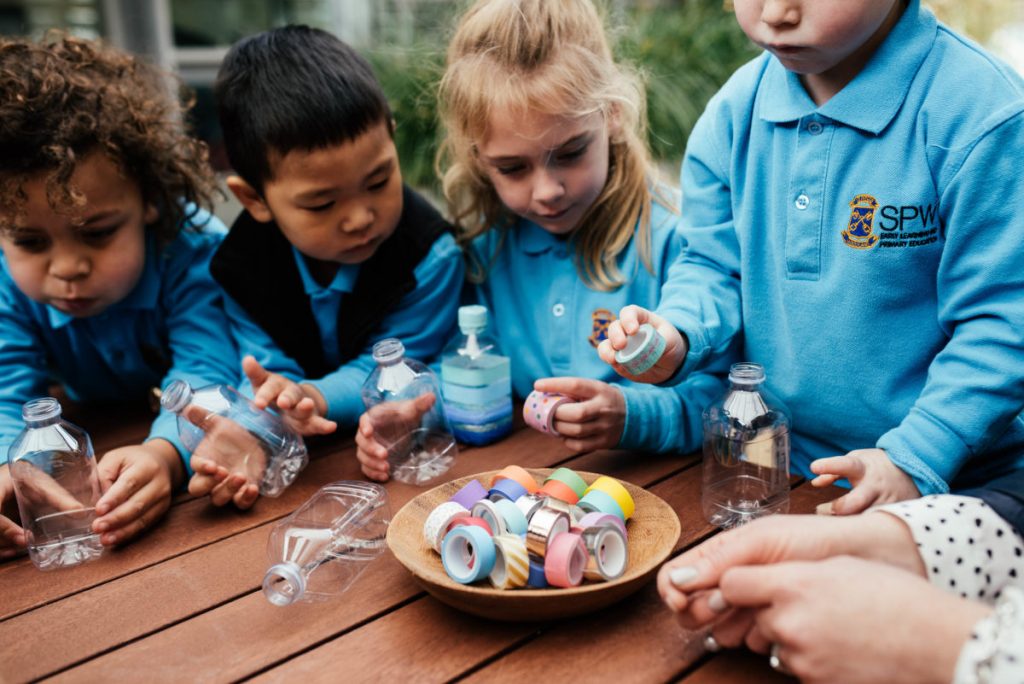
What can I expect as my child gets older?
As students continue to develop the focus turns to phonemic awareness, which is an important sub-skill of phonological awareness. Before children learn how to read and write they need to understand how the sounds in words work. It is critical that they understand that words are made up of speech sounds. Parts of phonemic awareness include sound isolation, identification, categorisation, blending, segmentation, deletion, addition and substitution.
Working on your child’s phonemic awareness is all sounds based and can be done anywhere…..in a car, on a train or on a plane! Children find the art of rhyming, playing around and manipulating the sounds in words fun.
Playing a simple game of I-Spy is a great way of helping your child identify initial sounds in words. You can also practise oral blending by saying sounds, such as ‘c – a – p’ and then see whether your child can pick out a ‘cap’ from a group of objects.
For segmenting practise, you can hold up an object, such as a cup, and ask your child which sounds they can hear in the word ‘cup’ (c – u – p). Doing these things together adds to the relationship you are building with your child, which is what is it all about!
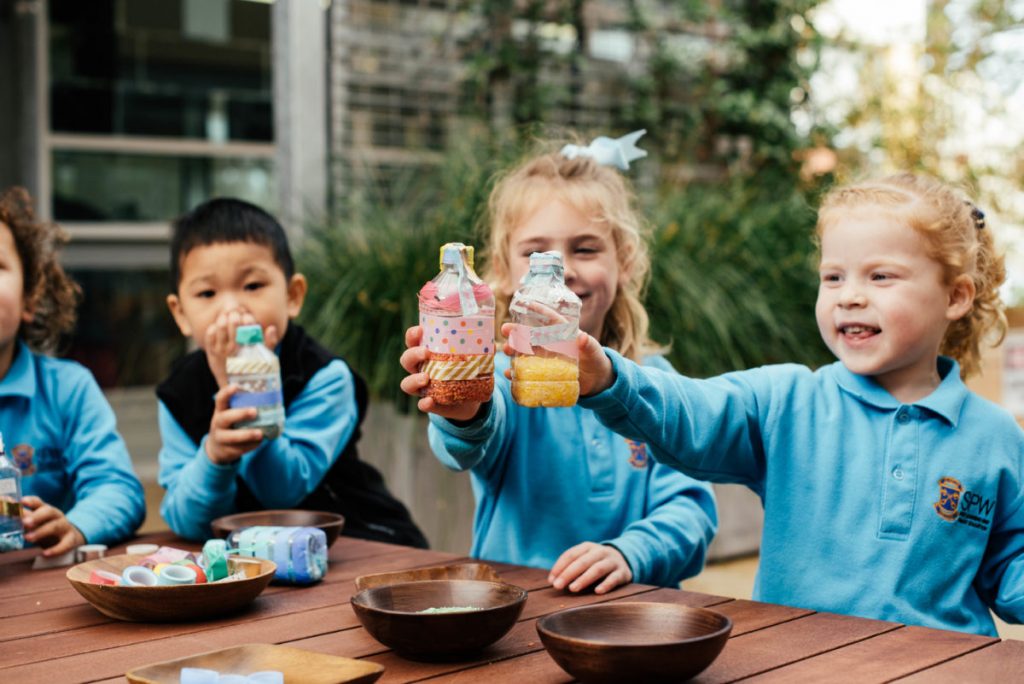
Reading at SPW
St Peter’s Woodlands has a sequential and systematic approach to reading from ELC to Year 7. Phonological awareness is one part of a comprehensive reading program that also includes phonics, fluency, vocabulary and comprehension. SPW follows Phase One of the Letters and Sounds Program when teaching phonological awareness.
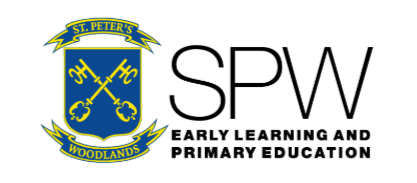
To enquire about St Peter’s Woodlands Early Learning to Year 7 contact:
Joanna Gray
08 8295 4317
spw.sa.edu.au
St Peter’s Woodlands Grammar School 39 Partridge Street, Glenelg
